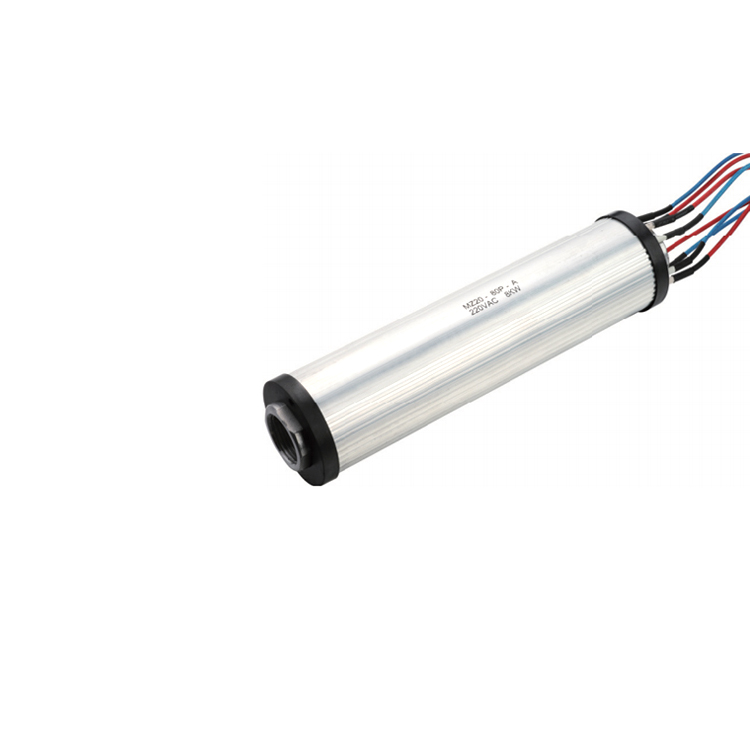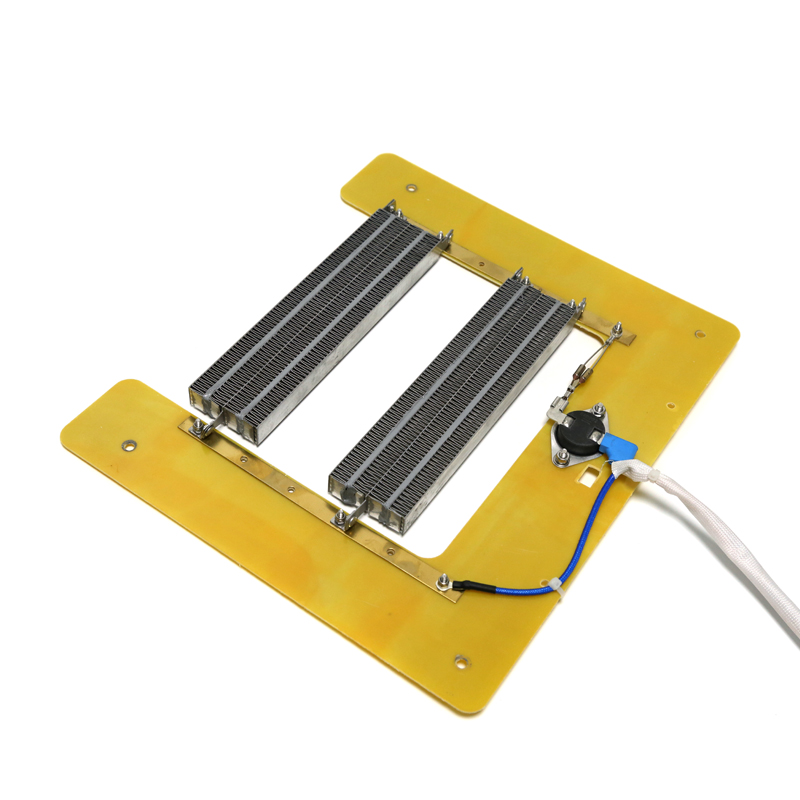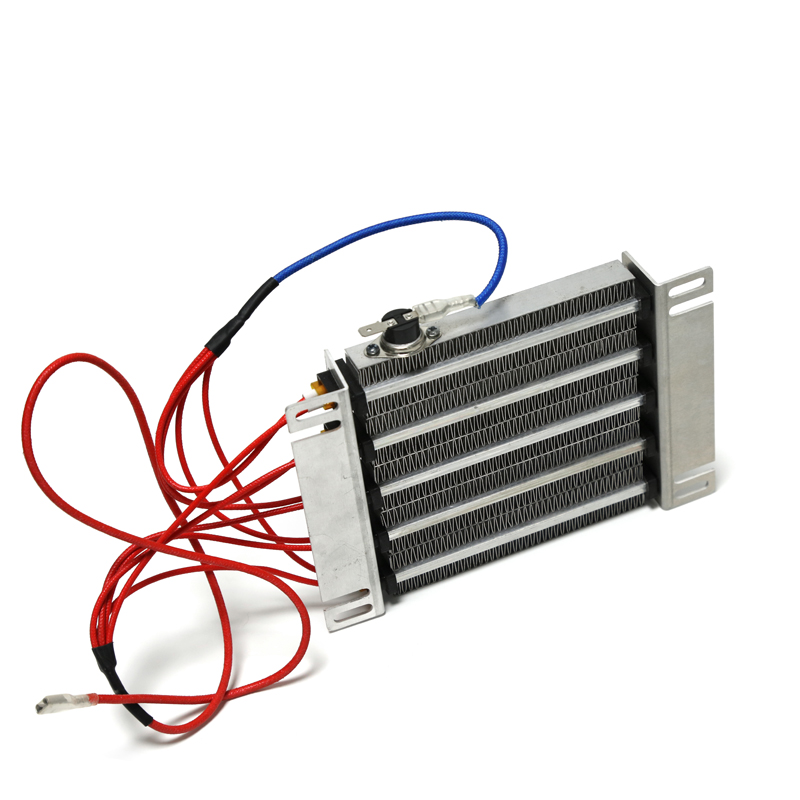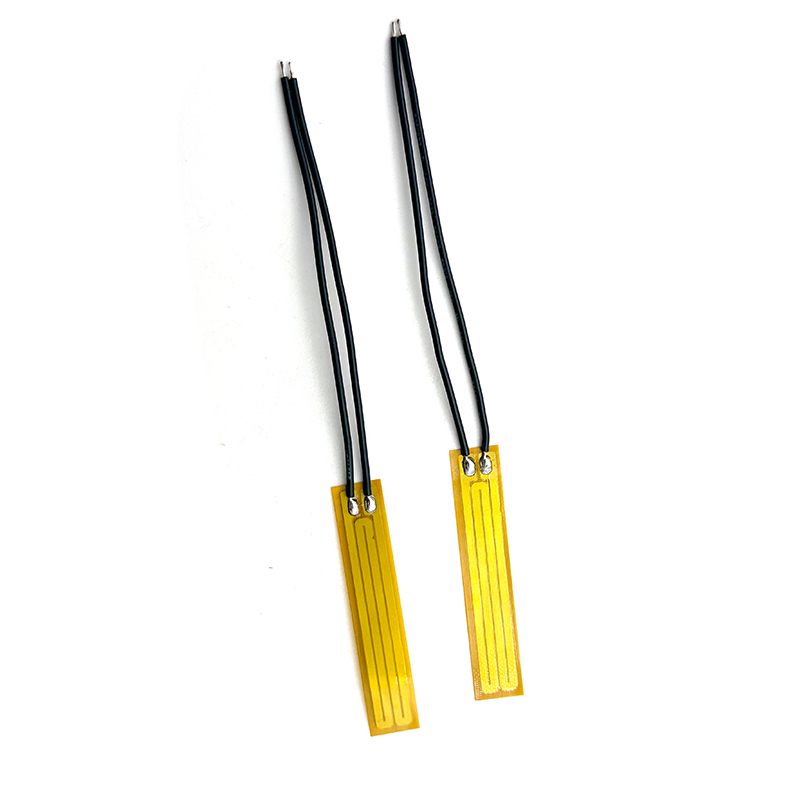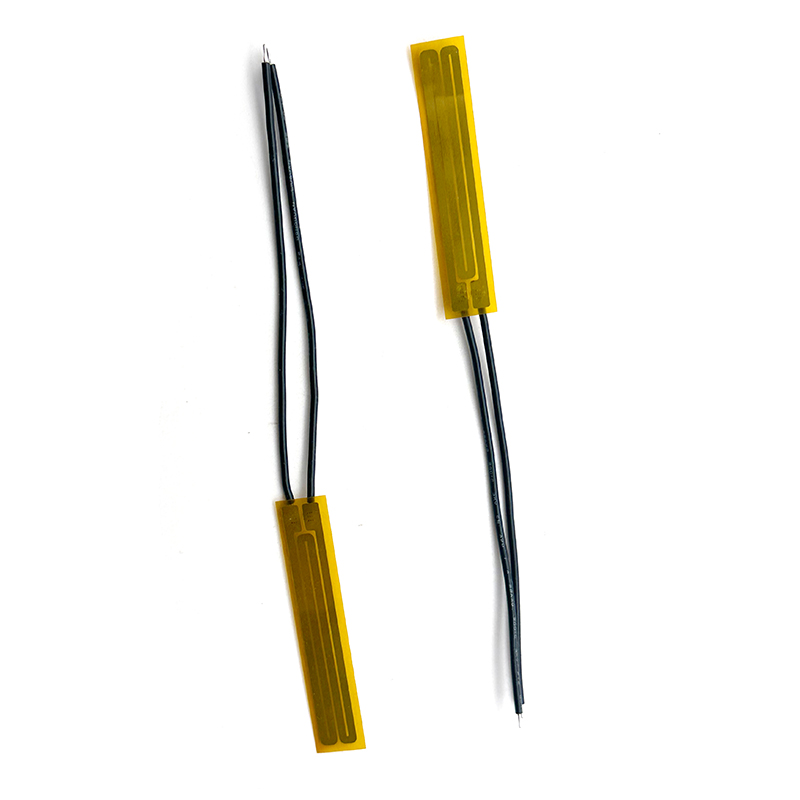Understanding PTC Thermistors
PTC thermistors, or Positive Temperature Coefficient thermistors, are essential components in a variety of electronic and electrical applications. These thermistors are known for their unique property where resistance increases with temperature rise, a behavior that contrasts with NTC (Negative Temperature Coefficient) thermistors. This characteristic makes PTC thermistors ideal for applications requiring precise temperature control and protection.
Positive Temperature Coefficient Thermistor Operation
Positive Temperature Coefficient thermistors exhibit an increase in resistance as the temperature escalates. This feature is particularly useful in creating self-regulating heaters and circuit protection devices. When current flows through a PTC thermistor, it heats up, and if the temperature exceeds a certain point, the thermistor's resistance dramatically increases, subsequently reducing the current flow. This quality ensures that the thermistor acts as a protective device by preventing circuits from overheating, thereby enhancing safety and reliability.
Applications and Uses of PTC Thermistors
The uses of PTC thermistors are numerous and diverse given their protective and regulatory features. In consumer electronics, they serve a vital role in overcurrent protection and are widely used in rechargeable battery packs to prevent overheating. Additionally, PTC thermistors are essential in the automotive industry for applications such as diesel heater glow plugs and seat heating systems. They also find use in household appliances for controlling temperature and ensuring safety in devices like hairdryers and electric kettles. Their capacity to provide consistent performance and safety in critical applications makes them indispensable in modern technology.
PTC thermistors are vital components that offer valuable benefits across various industries. Their ability to regulate temperature efficiently and protect against faults ensures they remain integral to the safety and functionality of many systems.


